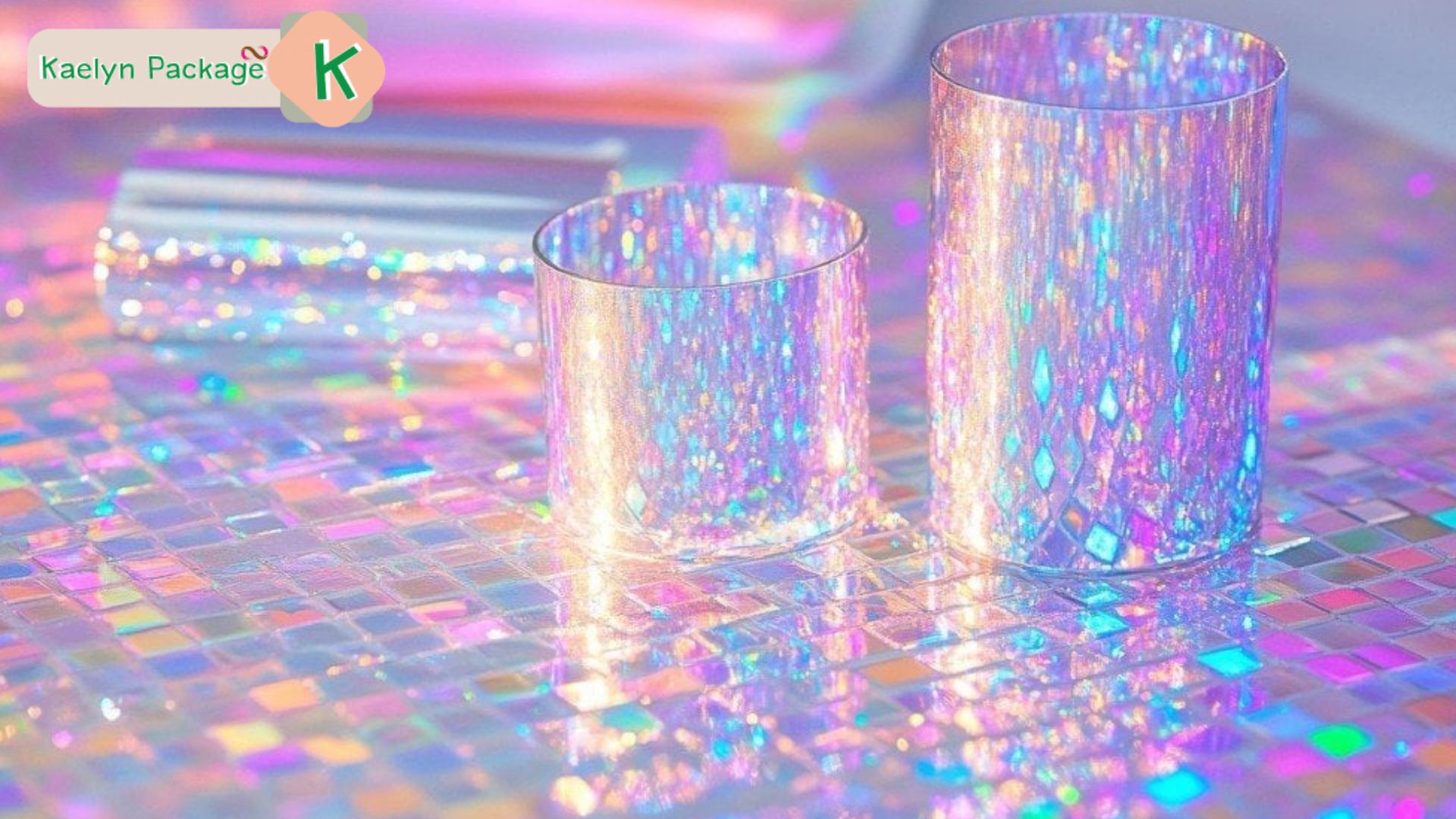1. Introduction to Visual Cues in Gaming: Enhancing Player Engagement and Clarity
In the rapidly evolving landscape of modern game design, visual cues serve as essential tools that guide players through complex mechanics and narrative layers. These cues are visual signals—such as highlights, animations, or color changes—that communicate game state, potential rewards, or strategic opportunities. Their significance lies in shaping how players perceive and interact with the game environment, directly influencing immersion and enjoyment.
Effective visual cues improve player understanding by making gameplay mechanics intuitive, reducing confusion, and fostering a sense of mastery. For example, clear indicators of winning combinations or bonus triggers help players recognize when they are close to hitting a jackpot, increasing excitement and anticipation. As a result, visual cues play a pivotal role in elevating engagement metrics such as session duration, return rate, and overall satisfaction.
Think of visual cues as the game’s language, translating complex mechanics into simple, immediate signals that players can interpret at a glance.
2. The Psychological Foundations of Visual Cues in Games
Psychologically, visual stimuli are powerful tools for directing attention and influencing decision-making processes. Research indicates that well-designed cues activate specific neural pathways associated with reward anticipation and cognitive focus. For instance, a flashing wild symbol on a slot machine reel draws the player’s gaze precisely where the game wants them to look, increasing the likelihood of a strategic decision or emotional response.
Furthermore, visual cues contribute to perceived fairness and transparency. When players clearly see why a payout occurred or how a bonus was triggered, their trust in the game increases. Conversely, ambiguous signals can lead to suspicion or frustration, undermining engagement.
Cognitive load theory explains that effective signaling reduces mental effort by simplifying complex information. Visual cues serve as cognitive shortcuts, enabling players to process game states quickly without unnecessary mental strain, thus maintaining flow and enjoyment.
3. Types of Visual Cues and Their Functions in Games
a. Dynamic Indicators
Dynamic indicators like expanding wilds or shimmering symbols highlight potential hits or bonus triggers. For example, in many modern slots, wild symbols that expand to cover entire reels dramatically increase the chance of forming winning combinations, visually signaling the player’s increased hit potential. This immediate feedback encourages continued play and strategic anticipation.
b. Sticky Symbols
Sticky symbols remain in place during bonus rounds or respins, visually distinguished by glowing borders or pulsing animations. This signaling method visually extends the feature’s duration, building excitement and anticipation of larger wins. Players intuitively understand that sticky symbols increase their chances of hitting big rewards, reinforcing engagement.
c. Hold-and-Respin Features
Visual cues during hold-and-respin phases, such as flashing borders or countdown timers, inform players when the phase begins and ends. These cues motivate strategic choices, like deciding when to hold certain symbols, thus deepening engagement through active participation.
4. Case Study: Pinateros’ Use of Visual Cues to Amplify Engagement
Modern games like mate exemplify how strategic visual cues enhance player experience. In Pinateros, expanding wilds on the middle reels create more thrilling hit opportunities, visually emphasizing their importance with bright animations and size increases. This dynamic signaling draws players’ attention to potential big wins, elevating excitement.
Sticky symbols are visually indicated through glowing effects, making their presence unmistakable and extending the duration of bonus features. Such visual signals extend the anticipation window, encouraging players to stay engaged longer.
Finally, cues signaling hold-and-respin phases—like blinking borders or countdown timers—prompt players to adopt strategic approaches, transforming passive spinning into active gameplay. These visual signals foster a sense of control and mastery, key factors in player retention.
5. Enhancing Clarity Through Visual Design: Best Practices
- Consistency in Symbol Design: Uniform design language ensures players can quickly recognize signals. For example, using specific color schemes or shapes for bonus symbols reduces confusion.
- Color Coding and Animation: Bright, contrasting colors draw attention to critical cues, while subtle animations (like shimmering or pulsing) reinforce their importance without overwhelming the interface.
- Avoiding Clutter: Striking a balance between information richness and simplicity ensures players are not overwhelmed. Clear hierarchies of visual signals help prioritize what’s most important.
6. The Impact of Visual Cues on Player Behavior and Game Longevity
Clear and intuitive visual cues foster trust, reducing player frustration and encouraging continued engagement. When players understand what is happening, they are more likely to stay longer and explore the game’s features.
Visual cues also trigger streaks—such as consecutive wins or bonus triggers—by signaling progress and success, which motivates players to prolong their sessions. This phenomenon is supported by behavioral psychology, where positive feedback loops enhance motivation.
Successful integration of visual cues has been linked to increased player retention, as evidenced by data from industry leaders who report higher session times and repeat play when cues are thoughtfully designed.
7. Non-Obvious Dimensions of Visual Cue Effectiveness
a. Cultural Considerations
Different cultures interpret colors and symbols uniquely. For example, red may symbolize luck in China but danger elsewhere. Designers must adapt cues to ensure universal comprehensibility and positive perception.
b. Subconscious Motivation
Visual cues influence subconscious motivation, subtly encouraging players to continue playing without overt prompts. This can be achieved through aesthetic elements that evoke positive emotions or anticipation.
c. Technological Challenges and Innovations
Implementing seamless, high-quality visual cues requires advanced technology—like real-time rendering and adaptive graphics. Innovations such as augmented reality (AR) are pushing the boundaries, creating immersive signaling experiences that heighten engagement.
8. Future Trends in Visual Cues for Game Engagement
a. Augmented Reality and Immersive Signaling
AR technology enables the integration of visual cues into real-world environments, creating highly immersive experiences. For example, a player might see virtual symbols overlayed on physical objects, intensifying engagement.
b. Adaptive Visual Cues
Games will increasingly tailor visual signals based on player behavior—intensifying cues during streaks or reducing clutter for casual players—thus personalizing the experience and maintaining interest.
c. Personalized Feedback
Advanced AI allows for real-time customization of visual cues, making signals more relevant and motivating for individual players, fostering long-term loyalty and deeper engagement.
9. Conclusion: Harmonizing Visual Cues with Game Design for Optimal Engagement
The integration of visual cues is a sophisticated art that combines psychology, design principles, and technological innovation. When thoughtfully implemented, they enhance clarity, foster trust, and sustain player interest. Recognizing their potential allows developers to craft experiences that are not only entertaining but also transparent and rewarding.
“Smart use of visual cues transforms gameplay from simple chance to an engaging, strategic experience that players trust and enjoy.” — Industry Expert
By continuously refining visual signaling strategies, such as those exemplified in modern titles like mate, game designers can create compelling, transparent, and lasting gaming experiences. The future of gaming lies in the seamless harmony of visual communication and innovative gameplay.





